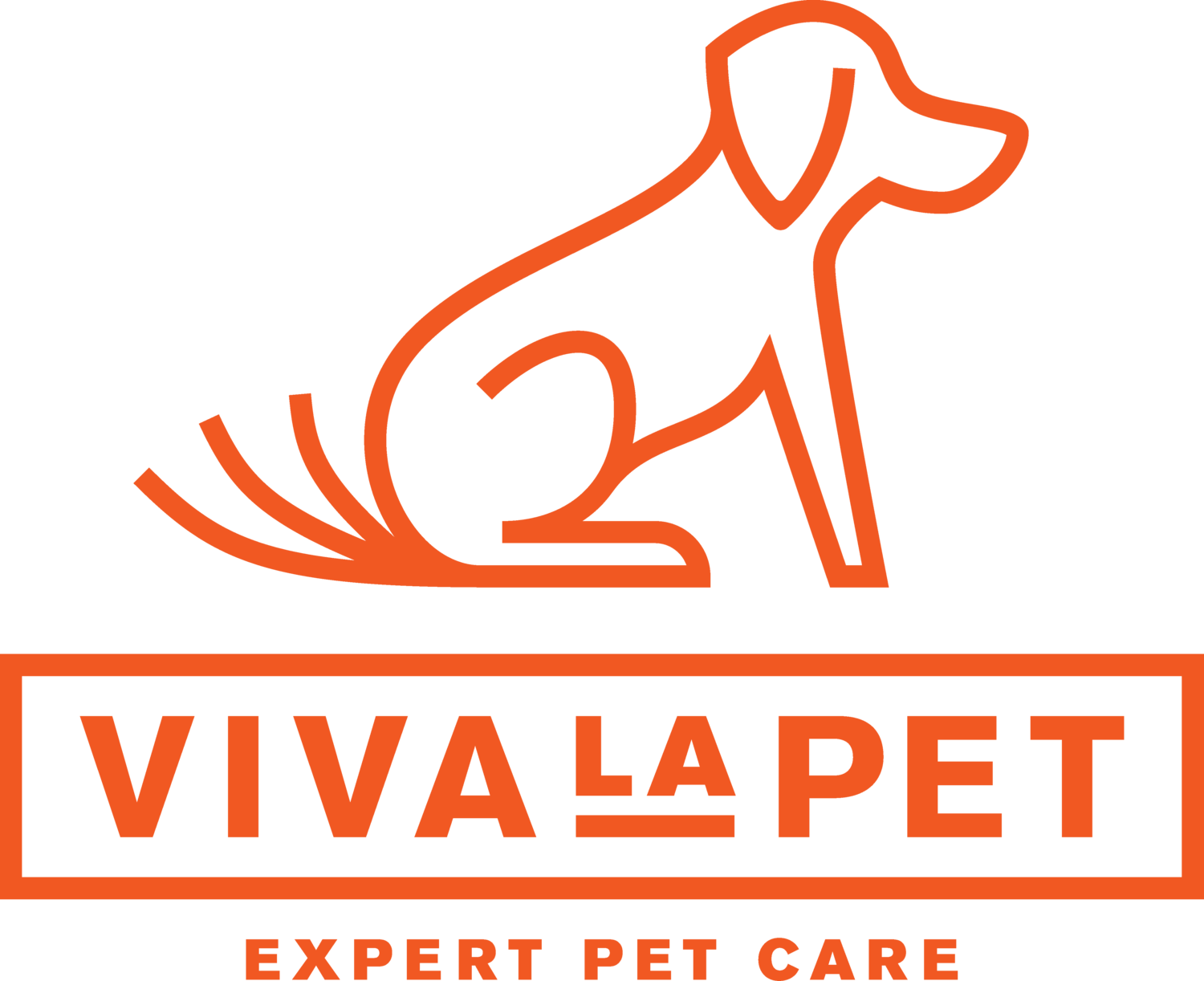If you use a traditional tongue buckle closure collar for your dog, I'm going to show you how to make your dog walks significantly safer by following this 30 second procedure.
First, let's go over leash and collar anatomy. Nowadays, leashes and collars are made with many different closures. In this post, I will be referring to a leash with a "bolt snap" hook and a collar with a "tongue buckle" closure.
Dog collar with a traditional tongue buckle and a D-ring for leash attachment.
Leash with a bolt snap hook.
First, be sure your dog's collar is properly fit. It should be snug, but have enough room for you to fit your finger under it without feeling a lot of pressure. Second, make sure you are connecting the leash hook to the collar's D-ring, not the ID tag ring. Here's the 30 second procedure that will make your dog walks significantly safer. Make sure the excess end of your pup's collar is tucked under the D-ring. Finally, hook your leash, gently tug to make sure all is set and head off for your walk.
Happy walkies!
It's a little difficult to see in this photo. But, when you do not tuck the excess bit of your pup's collar under the D-ring, you run the risk of the collar pressing up against the leash bolt snap hook and opening it. Leaving this part of the collar untucked is a recipe for a loose dog.
This photo shows the excess collar tucked under the D-ring. This method leaves no opportunity for the material to rub against the bolt snap hook on the leash.









